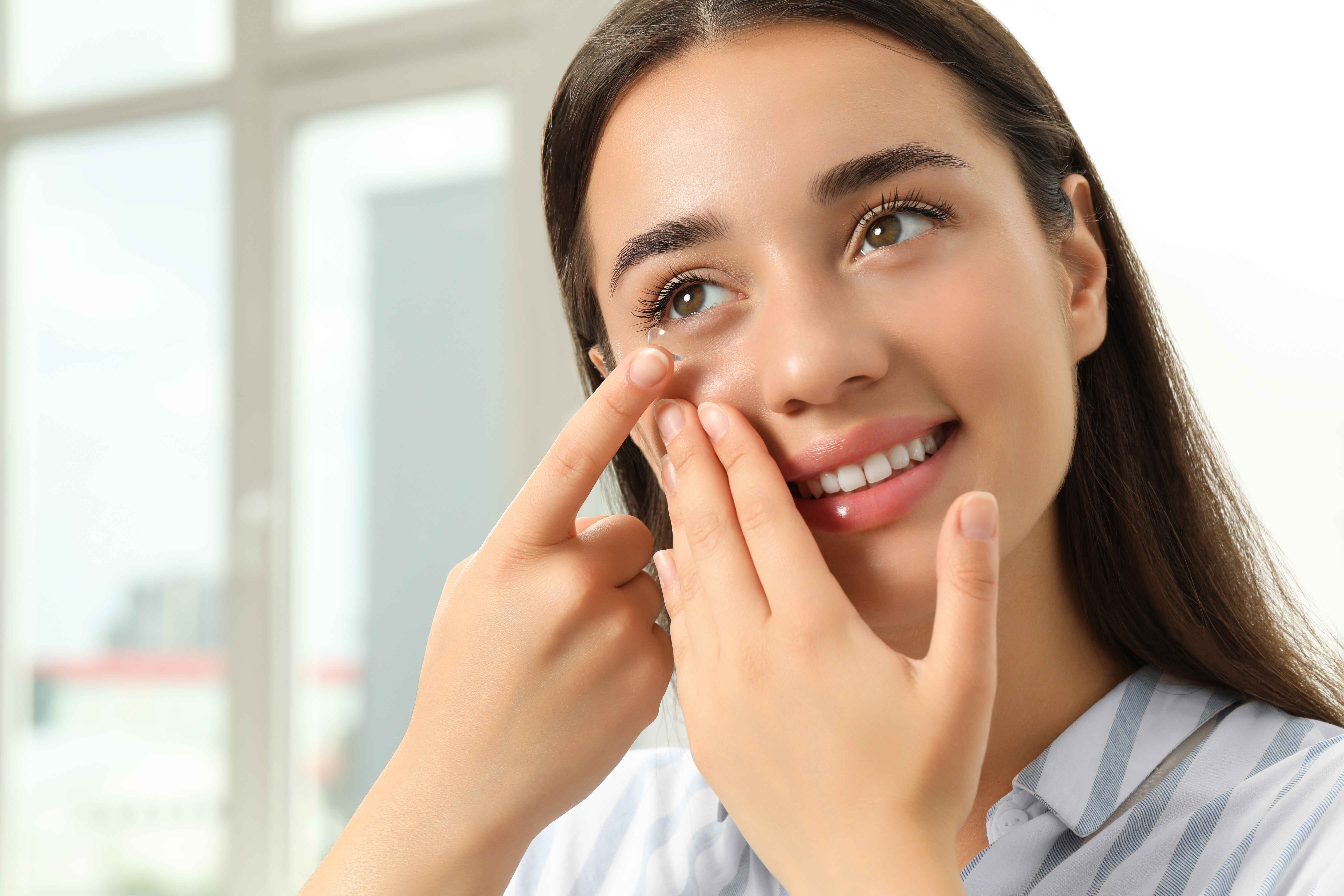Table of Contents
Technology can be an amazing learning tool that allows for highly personalized and engaging experiences. However, screen time is an issue among school-age children, leading to potential eye health problems.
As a teacher, it’s important to understand the link between digital learning and eye health and how blue-light glasses for students can make a difference.
Should Students Wear Blue-Light Glasses?
The e-learning market is currently growing at an annual rate of more than 20%, making remote learning more accessible than ever and providing teachers with effective and engaging learning resources.
The downside is that digital learning increases screen time for school-age children. With 87% of children getting more screen time than recommended, it’s not uncommon to have students spend five to seven hours a day in front of screens between school and home.
Blue-light glasses for students act as a filter that reduces exposure to blue light. While these glasses don’t address all the risks associated with screen time, they can mitigate sleep cycle disruption and protect retina cells from damage caused by blue light.
Digital Learning and Eye Health
Exposure to digital screens causes a number of eye health issues in children, including:
-
Children who stare at screens tend to blink less, leading to dry eyes and irritation.
-
Staying focused on a screen for long periods of time can reduce focus flexibility.
-
Research suggests that children who spend more time indoors with screens are more likely to develop nearsightedness.
-
Blue light has negative effects that range from disrupting natural sleep cycles to damaging the retina.
Students with eye health issues can develop a number of symptoms, including:
-
Headaches
-
Fatigue
-
Blurry vision
Unfortunately, these symptoms often have negative consequences on a child’s ability to focus and progress in an academic setting.
Do Blue-Light Glasses Help? The Protective Role of Blue-Light Glasses
Visible light spans an entire spectrum with varying wavelengths. Blue light falls within the 380–500 nm range, a shorter wavelength that carries more energy.
Blue light is an important component of the natural light we get from the sun, but our modern lifestyle causes unnaturally high levels of exposure to blue light because screens use pixels that emit red, green, and blue light. While red and green light travel at a higher wavelength and are less likely to hurt the eyes, exposure to blue light is a major eye health issue.
Blue glasses for students act as a filter that blocks blue light waves and reduces exposure. These glasses allow students to engage with digital learning tools while protecting their eyes.
Considerations When Choosing Kids Blue Light Glasses
If you’re recommending blue-light glasses for students, make sure the family knows what to look for when selecting blue-light glasses for students:
-
Frame fit is important. Blue-light glasses for students need to stay in place and feel comfortable to wear. An optometrist can adjust the bridge fit to ensure the lenses align with the eyes.
-
It’s best to pick frames with a durable design. Spring hinges are a feature that can prevent damage.
-
Lens quality matters. Add-ons like anti-scratch and UV protection coatings can further protect the eyes and help make blue-light glasses for students last longer.
-
Style matters, too. It’s also important to pick a style the child will enjoy wearing.
As a teacher, you can make a difference by adopting a few practices in your classroom:
-
Introduce some important eye health concepts and remind children to be mindful of their screen usage.
-
Remind children to wear their glasses throughout the day.
-
When using digital tools, use timers to remind students to take frequent eye breaks.
-
Teach students some simple eye yoga exercises and introduce the 20-20-20 rule to encourage healthier screen habits.
-
Lower the brightness and increase the contrast of the screens you use in your classroom.
Facilitating Access to Vision Health for Students
Digital learning tools are a valuable resource, but they result in increased exposure to screens and blue light for students. As a teacher, you can promote eye health by being mindful of screen exposure in your classroom and teaching a few healthy habits.
Connecting families to eye health resources will also make a difference. Learn more about Vision Care Direct of Oklahoma and how our affordable, pre-paid plans facilitate access to regular eye exams for children.





















































